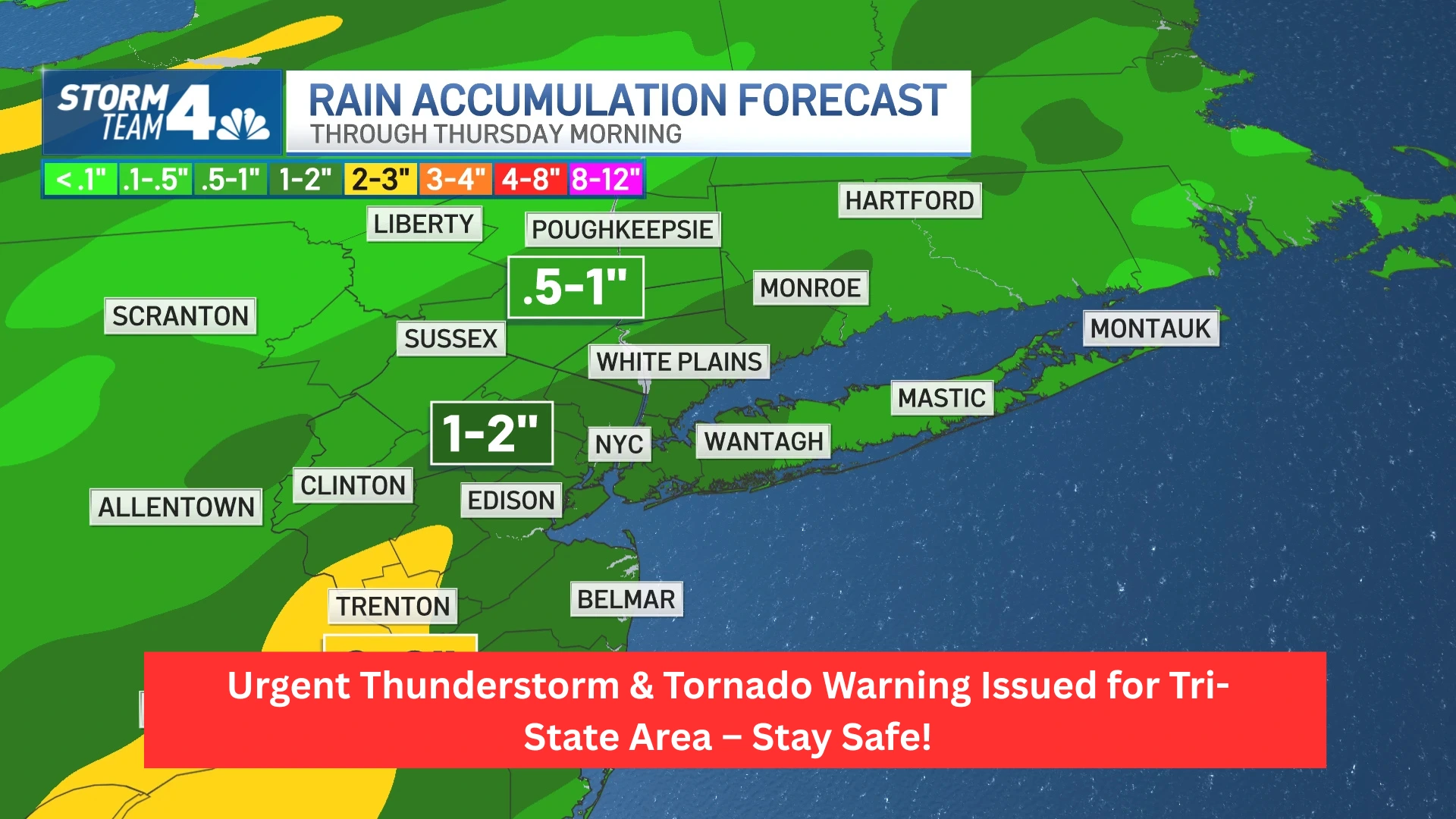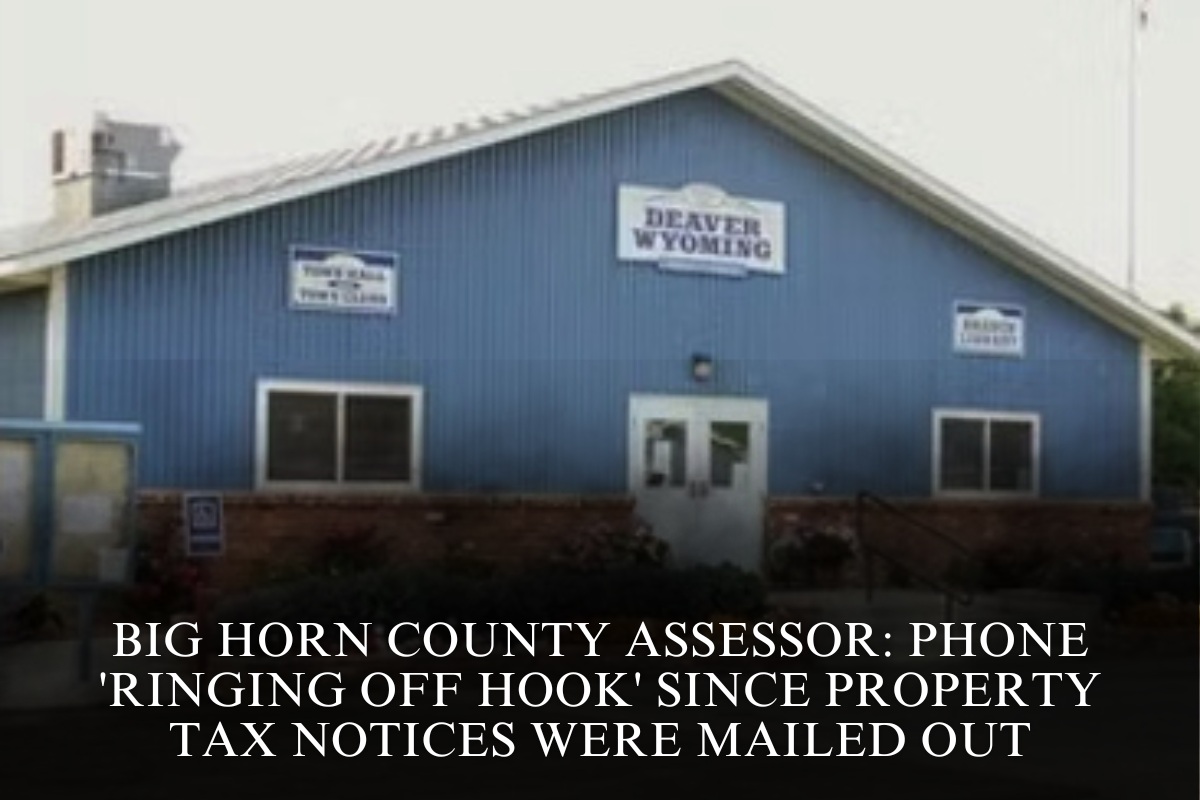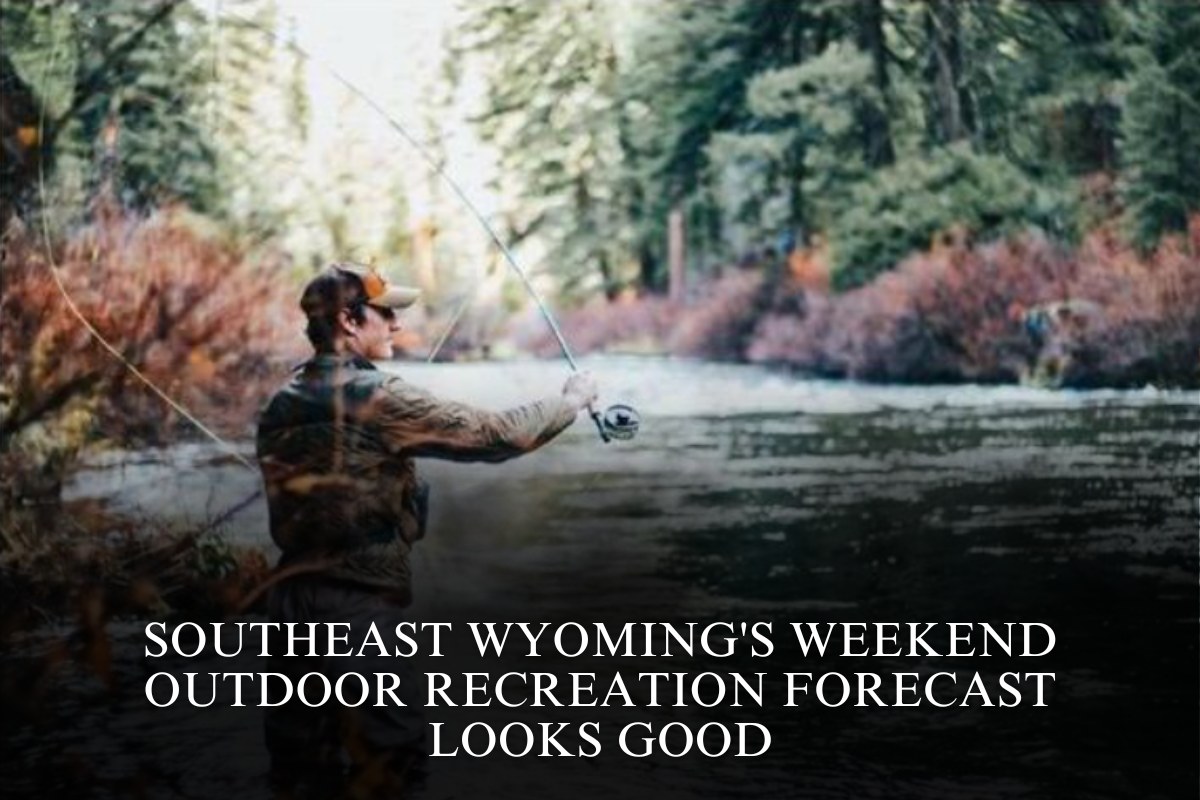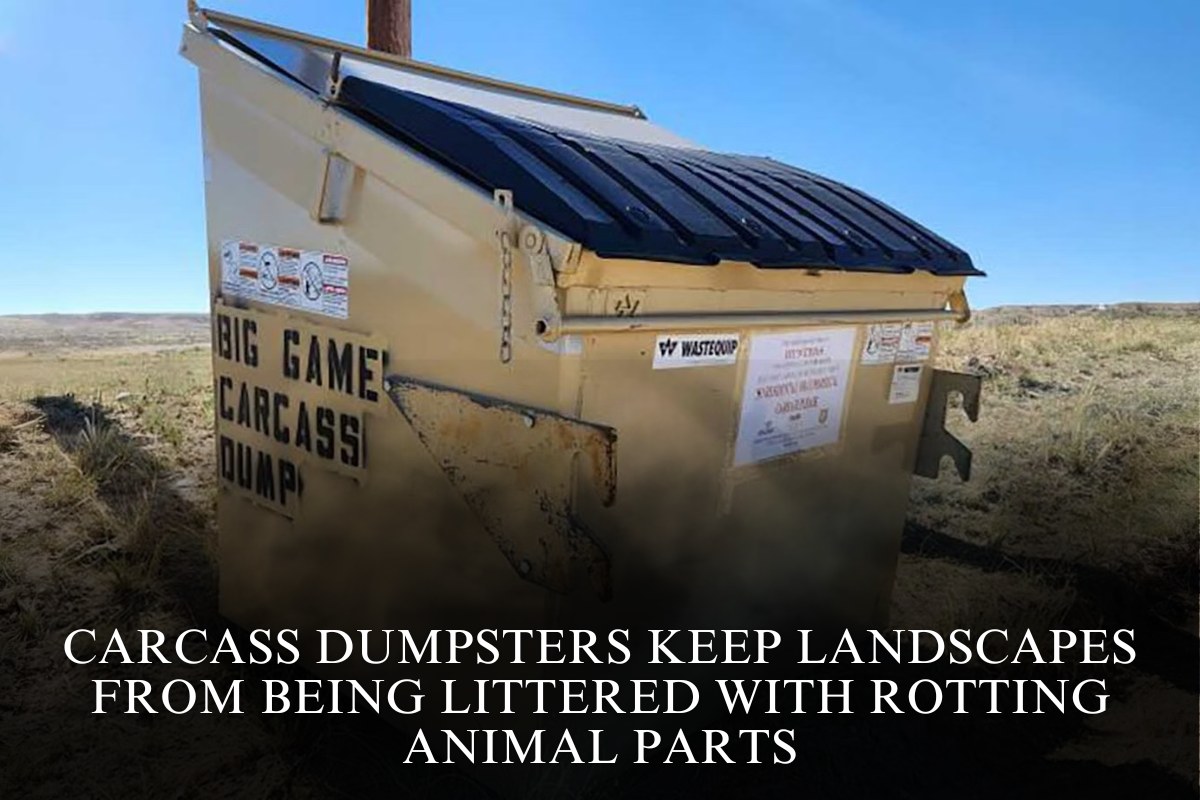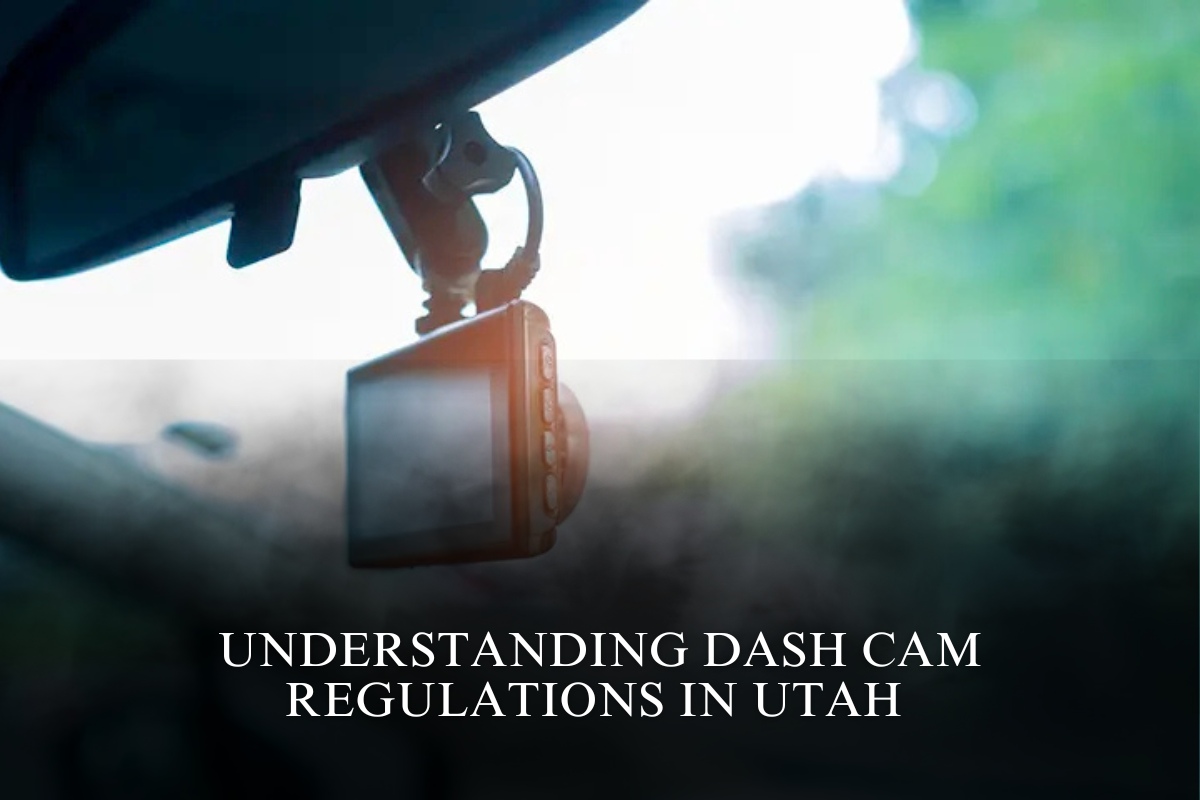Thunderstorm Warning in Western New York; Tornado Alert Issued for Tri-State Area
A thunderstorm warning is now in effect for parts of western New York, while a tornado alert covers the tri-state area, including western New York and nearby states like New Jersey.
The thunderstorm warning applies specifically to Genesee, Livingston, Monroe, and Wyoming counties in New York. The tornado alert mainly affects western New York and surrounding regions. Although tornadoes are possible, the chance of one actually forming is very low.
According to the National Weather Service, “The storm that triggered the warning has weakened below severe levels and no longer poses an immediate threat to life or property. As a result, the warning will expire soon.”
How to Stay Safe When Lightning Strikes: Expert Tips
Lightning strikes the U.S. about 25 million times each year, mostly during the summer. Unfortunately, lightning causes around 20 deaths annually, reports the National Weather Service. The risk of lightning injury increases as storms approach, peaking when a storm is overhead, then gradually lessening as it moves away.
To protect yourself during thunderstorms, follow these safety tips:
Before and During Outdoor Activities:
- Always have a clear plan for finding shelter in case lightning strikes.
- Watch the sky for dark clouds and listen for thunder. If you hear thunder, lightning is close.
- Head indoors immediately when you hear thunder.

Once Indoors:
- Avoid using corded phones, electrical devices, and plumbing like sinks or baths.
- Stay away from windows and doors since lightning can travel through wiring and plumbing, causing electrical shocks.
After the Storm:
- Wait at least 30 minutes after the last flash of lightning or sound of thunder before going outside again.
- Remember, lightning can still strike even after the storm appears to have passed.
What to Do If You Can’t Get Indoors
If you’re outside during a thunderstorm with no access to indoor shelter, take these precautions:
- Stay away from open fields, hilltops, and ridges—they put you at higher risk.
- Avoid tall, isolated trees or other tall objects. In wooded areas, stick near shorter trees.
- If in a group, spread out to reduce the chance lightning could jump between people.
- Avoid camping in open areas during storms. If you must camp, choose low-lying spots like valleys or ravines. Remember, tents do not protect you from lightning.
- Stay away from water, wet objects, and metal gear. While they don’t attract lightning, they conduct electricity and can be dangerous.
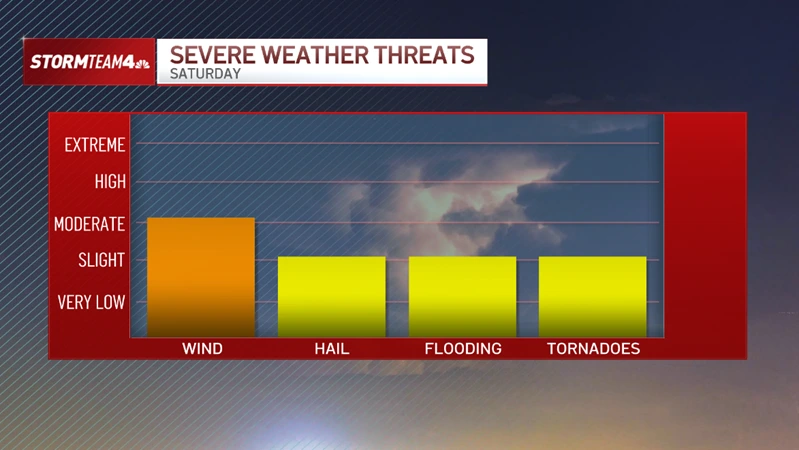
Driving Safely in Heavy Rain: Tips for Wet Roads
Rain can make roads hazardous, so follow these guidelines from the National Weather Service to stay safe during heavy downpours:
- Avoid parking or walking near drainage ditches or culverts where fast-moving water can be dangerous.
- Increase your following distance while driving. Extend the usual two-second gap to at least four seconds in wet conditions.
- Slow down gradually—avoid sudden braking or sharp turns to reduce skidding risk.
- Stick to middle lanes, as outer lanes tend to collect more water and increase the chance of hydroplaning.
- Use your headlights to improve visibility and be extra alert for vehicles in your blind spots.
- Be especially cautious during the first 30 minutes of rain, when oil and grime on roads make surfaces slick.
- Keep plenty of space between you and large trucks or buses—they spray water that can obscure your vision.
- If visibility becomes too poor to see road edges or other vehicles safely, pull over to a safe spot, preferably a rest area. Keep your headlights and hazard lights on to alert others.
- If you must stop on the roadside, pull over as far as possible, ideally beyond guardrails, and wait for the storm to pass.
By staying informed and following these safety tips, you can greatly reduce your risk during thunderstorms and heavy rain. Always listen to weather updates and follow local authorities’ advice to stay safe on the road and outdoors.
